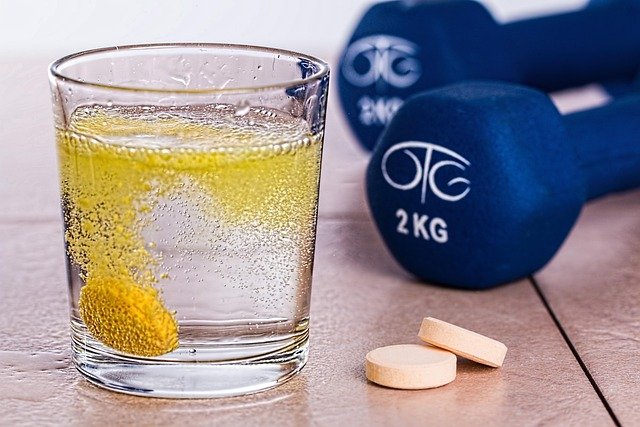Hydration and Electrolyte Basics for Everyday Wellbeing
Understanding how fluids and electrolytes interact with vitamins, minerals and daily routines helps maintain energy, digestion and physical performance. This article outlines practical guidance on balanced fluid intake, simple label reading, timing and sustainable mealprep approaches to support everyday wellbeing.

Maintaining steady fluid balance influences energy, concentration and digestion throughout the day. Hydration supports blood flow, regulates temperature and helps transport micronutrients such as vitamins and minerals to cells. Everyday wellbeing depends on matching intake to activity, environment and individual needs rather than following a single fixed amount. Small adjustments in mealplanning, timing and composition can improve thirst cues and maintain electrolyte balance during routine activities and light exercise.
What does hydration do for daily wellbeing?
Proper hydration helps maintain blood volume, supports cognitive function and assists in nutrient transport. Water is a solvent for many bodily reactions and is necessary for temperature regulation through sweating and circulation. Regular fluid intake distributed across the day is generally more effective than consuming large volumes at once. Hydration needs vary by climate, activity level and body size; paying attention to thirst, urine color and performance can guide practical adjustments without complex tracking.
How do electrolytes support body functions?
Electrolytes—primarily sodium, potassium, chloride, calcium and magnesium—carry electrical charges that enable nerve signaling, muscle contraction and fluid balance across cell membranes. Losses through sweat or diarrhea can shift electrolyte concentrations and affect muscle function or energy. For most people, a varied diet supplies needed electrolytes; in circumstances of heavy fluid loss, targeted replenishment that includes sodium and potassium may be important to restore balance while avoiding excess intake.
Which vitamins and minerals influence fluid balance?
Micronutrients such as certain B vitamins, vitamin D, calcium and magnesium can affect hydration indirectly by supporting kidney function, muscle performance and fluid regulation. Minerals like sodium and potassium are central to osmotic balance and cellular hydration. Ensuring a diet that includes whole foods—vegetables, fruits, legumes and moderate dairy or fortified alternatives—provides a spectrum of vitamins and minerals that work together to maintain fluid homeostasis.
How does guthealth interact with hydration?
Gut health influences how well fluids and nutrients are absorbed. Adequate fibre and a diverse microbiome can help regulate bowel habits, reducing the risk of dehydration from diarrhea or constipation-related discomfort. Fermented foods or prebiotic-rich vegetables can support gut flora, while consistent fluid intake aids transit. When adjusting meal composition—especially increasing fibre or plantprotein—ensure parallel adjustments in fluid intake to accommodate changes in digestion and stool bulk.
How to use labelreading, timing, mealplanning and mealprep?
Labelreading helps spot high-sodium processed items and added sugars that affect fluid needs and electrolyte balance. When mealplanning and mealprep, aim for whole-food combinations that include produce, lean or plantprotein, and sources of healthy fats to slow digestion and sustain hydration. Timing meals and fluids around activity can improve tolerance and performance: drink small amounts before and during light activity, and prioritize electrolytes after prolonged or intense sweating. Consistent mealtimes and snacks help stabilize blood sugar and reduce irregular thirst cues.
How to include plantprotein and sustainability in your routine?
Plantprotein sources—beans, lentils, tofu, nuts and seeds—provide fiber, minerals and often substantial water content when incorporated into stews, salads or grain bowls. Combining plantprotein with varied vegetables increases micronutrient intake while supporting sustainable choices that may reduce reliance on resource-intensive foods. Batch mealprep with legumes and whole grains saves time, encourages predictable timing, and makes it easier to hydrate appropriately before and after meals without resorting to processed convenience options.
This article is for informational purposes only and should not be considered medical advice. Please consult a qualified healthcare professional for personalized guidance and treatment.
Everyday hydration and electrolyte balance are manageable with small, consistent habits: prioritize water-rich foods, check labels for sodium, plan meals that combine protein and produce, and adjust timing around activity. Attention to micronutrients, sensible mealplanning and sustainable mealprep can support both short-term comfort and long-term wellbeing without complex regimens.





